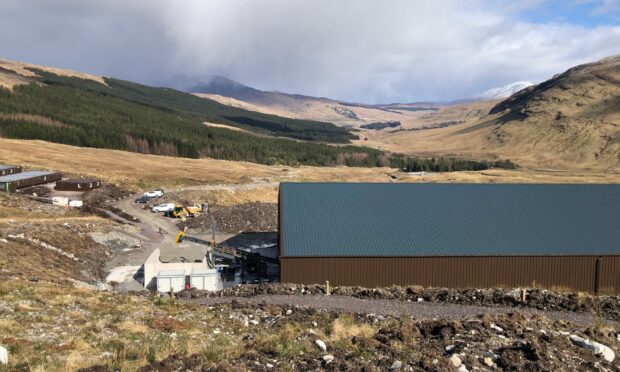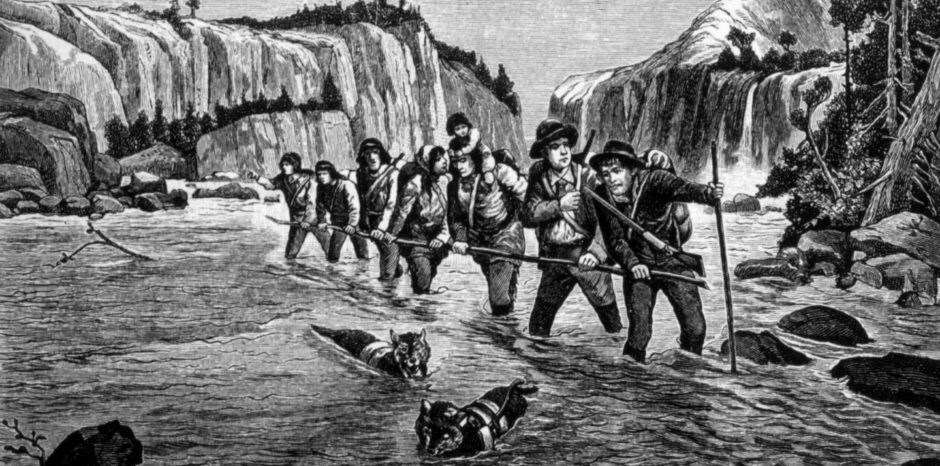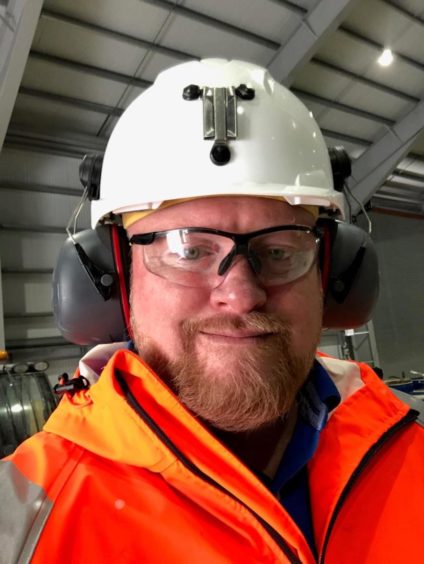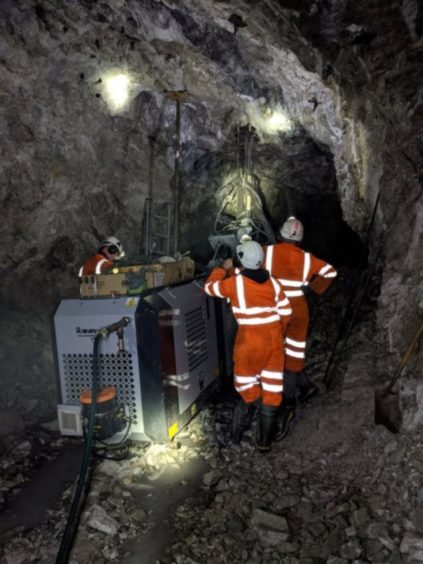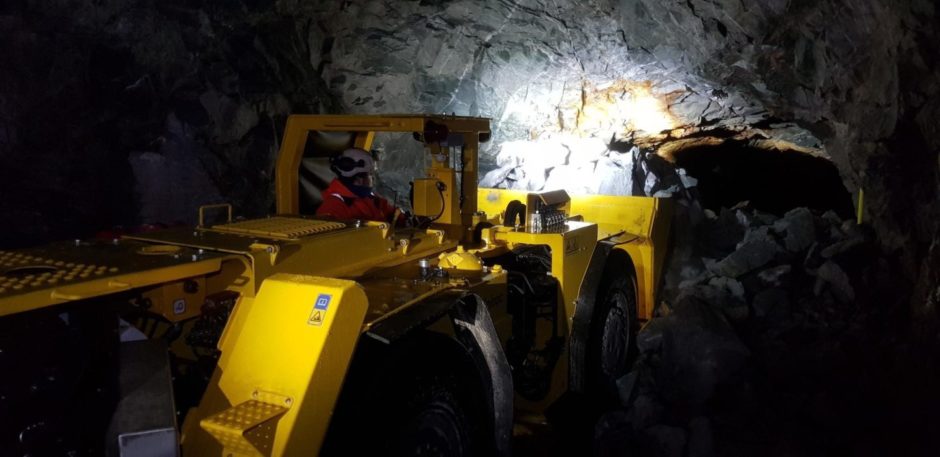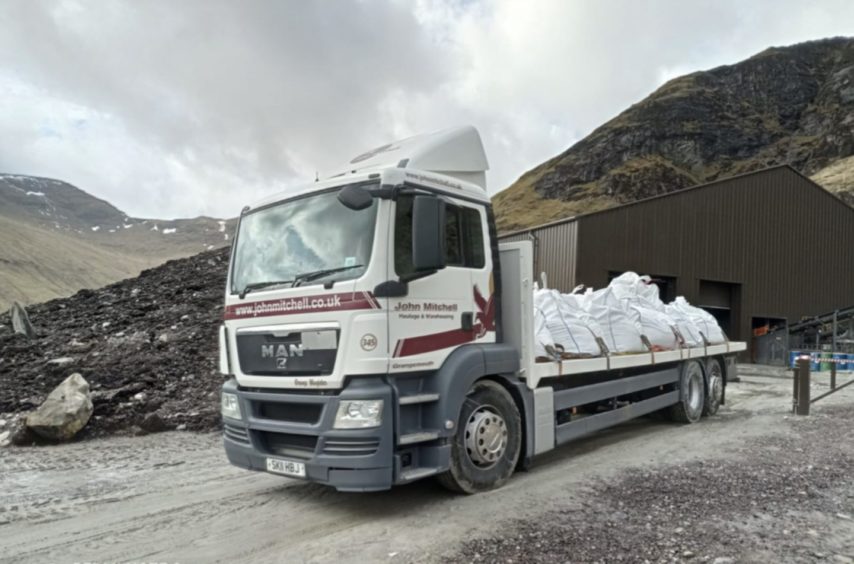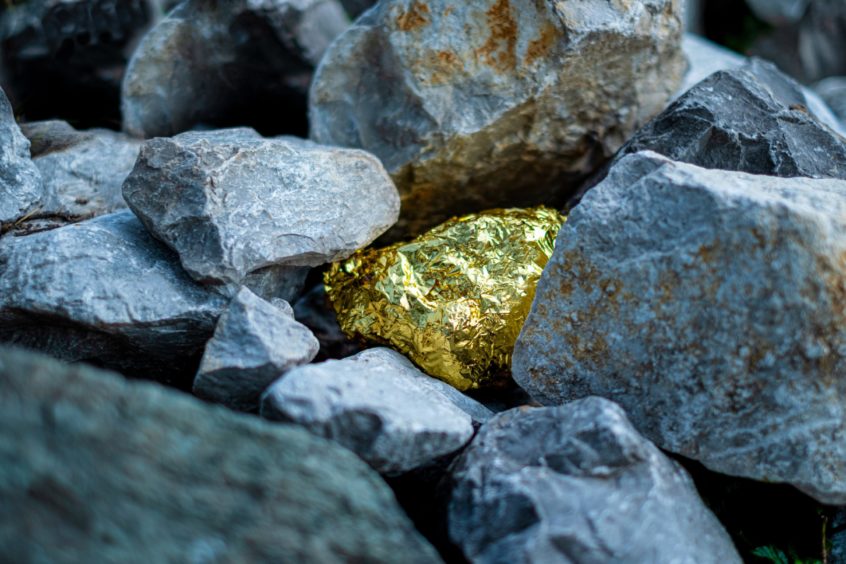Scotland may be on the brink of a gold boom which could create jobs and other economic spin-offs for some of its remotest areas, it has been claimed.
Phil Day, chief executive of Scotgold Resources, the company behind Scotland’s only commercial gold mine, insisted the vision was no pipe dream but based on hard facts.
Conjuring up images of the earliest days of the Klondike Gold Rush, in the late 19th Century, when the precious metal was discovered in a remote area of Yukon in north-west Canada, Mr Day said gold production could be transformative for parts of Scotland.
Every geologist I have ever spoken to and listened to on this has assured me the potential is huge – that there is gold everywhere.”
Phil Day, chief executive, Scotgold Resources
Tyndrum has yet to see any stampede of “Klondikers”, as happened in Yukon, but gold production has been up and running near the West Highland village since late last year.
The exploits of the Scotgold team during the run-up to “first pour”, in November, are captured in a three-part TV series, Gold Town, with the second episode due to air at 7pm on BBC2 tonight. (July 19).
It’s early days for the gold and silver mine at Cononish in the hills of Argyll, but the Yukon discovery by local miners in 1896 was the starting point for 125 years and counting of almost uninterrupted production.
Mr Day, who took the helm at Australian firm Scotgold in April, said all the expert opinion pointed to there being much more gold in the area around Cononish – and perhaps other parts of Scotland too – than current estimates suggest.
Speaking from his home in Switzerland as he got up-to-date with satisfying all the latest Covid-19 requirements for his next visit to Scotland to see how the Cononish project is progressing, he said: “Every geologist I have ever spoken to and listened to on this has assured me the potential is huge – that there is gold everywhere.
“From a geologists’ point of view, it makes a whole lot of sense that gold would not be in just one location.
“The challenge for us is not one of drilling but of getting permits. We would have to sit down with the park authority and seek permission to drill more mines. Every single time we want to drill we need to negotiate with the landowner and, naturally, this takes time.”
Cononish is on the edge of Loch Lomond and the Trossachs National Park, within its boundary. Scotgold spent years trying to secure permission for its production plans.
Mr Day said the area was “massively underexplored” but may hold, underground, the potential for a gold industry that “could be a very large employer”.
He added: “We are close to being up to design rate and will be a very good employer in the region by the back end of the year, as it goes into the challenges of winter.
“If in future I start putting out notices we are finding more gold, just imagine what that would do for the region. The mind boggles.”
Cononish already employs nearly 40 people, mostly recruited within a 50-mile radius, and Mr Day said this would increase as production ramps up.
Scotgold’s team includes mine supervisor Davy Burton, whose parents, John and Deirdre, own the land on which the mine sits.
The Burtons have been aware of the presence of gold there for decades and other companies came and went, unable to bring the mine to commercial production, before Scotgold arrived on the scene.
Mr Day said: “They are extremely passionate about the history and just wanted to see the mine up and running, and not just sitting there doing nothing.
“They are quite optimistic at the moment, and the fact trucks have gone past their house carrying concentrate just reinforces it. They’ve never seen that before.”
Locals have warmed to the project after some initial opposition, amid hopes an influx of new workers may help to encourage builders to construct new homes and help to ease a housing shortage.
Mr Day said both the mine project and local tourism operators had been working “absolutely full-on” in recent months. He expects much closer “interaction” between them later in the year after seasonal visitors to the area have long gone.
Meanwhile, Scotgold’s 47-year-old CEO said he was happy to be working “in my backyard” – or at least considerably closer to home – after globetrotting senior roles at a raft of international mining and investment companies. “My mandate has been to get it (Cononish) to work, which I have done”, he said.
Scottish gold miner sends investors running for the hills
First Scottish gold goes on sale at Edinburgh auction
Firm revealed its plans for abandoned site more than 14 years ago
It is more than 14 years since Scotgold Resources unveiled plans to reopen an abandoned gold mine at Cononish, on the edge of Loch Lomond and the Trossachs National Park.
Scotgold had acquired the assets for £800,000 from the Swiss-based Oak Consortium and sought permission from the Crown Estate, owners of the rights to the gold, to lease the site.
Commercial production was supposed to start in late 2019 but Scotgold suffered delays relating to the management of excavated materials and drainage – and the target date was put back to May 2020.
That plan was scuppered by Covid-19, with construction and development grinding to a halt on March 27 last year. Work resumed in mid-June and the “first pour” of commercially produced gold was achieved on November 30.
Nearby Tyndrum has long been associated with the precious metal. In 1998, Fynegold Exploration, a subsidiary of Toronto-based Caledonia Mining Corporation obtained the necessary permissions and was looking to raise finance to mine around 25,000 ounces of gold a year.
Caledonia had been formed by Sutherland-born gold-mining magnate Dennis MacLeod. Fynegold’s project never went ahead as the price of gold failed to meet expectations, making the project unviable.
The Cononish mine, in the hill of Beinn-a-chuirn, was then mothballed and later put up for sale at offers over £1.2 million as part of the 4,000-acre Cononish Estate.
